INTERNATIONAL INVESTMENT
AND PORTAL
Dat Bike receives customer feedback through various channels, including both online and offline channels. In terms of online channels, there are the Dat Bike customer service hotline, the company Facebook fan page, and the Dat Bikers community group on Facebook with nearly 21,000 members.
Additionally, the company also receives direct feedback from customers at its stores. Here, customers can test ride bikes and experience the features to evaluate the quality of Dat Bike's product lines.
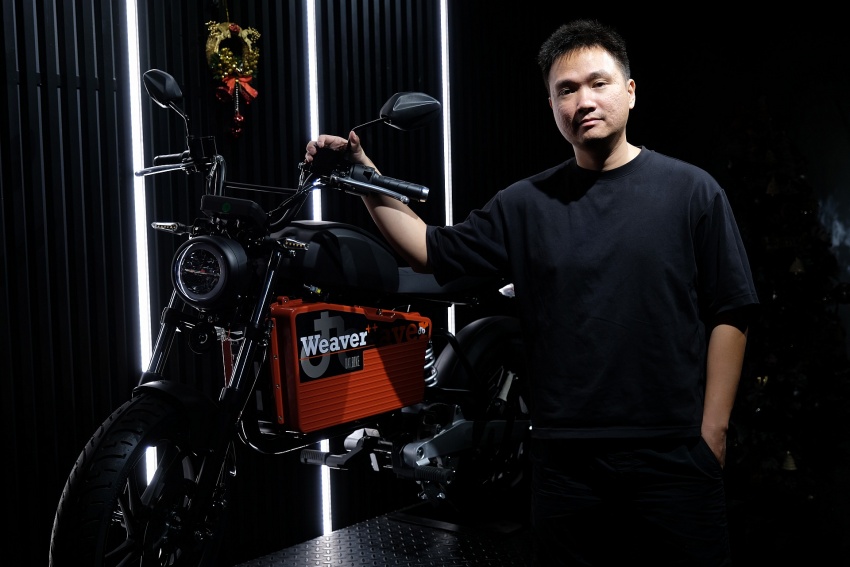 Son Nguyen, CEO of Dat Bike
Son Nguyen, CEO of Dat Bike
After receiving suggestions, the Dat Bike team discusses, researches, and improves the products to address any limitations. And ultimately, the most appropriate "answer" will be reflected in the product quality after each upgrade.
How does Dat Bike handle negative feedback and comments?The company believes that customers are always right, so we do not intervene in the comments and shared experiences of customers. Even when working with reviewers (content creators who evaluate the bike experience), Dat Bike allows them to create and publish content that accurately reflects their actual experiences.
We believe this is the best way for customers to have a genuine perspective on the product, thereby reinforcing their trust in a serious business operation and a sustainable development direction.
We also understand that feedback, whether positive or negative, isaimed at improving the brand. In fact, customers often provide negative feedback because they are genuinely interested and have high expectations. With diverse experiences through each upgrade, customers can provide detailed and accurate feedback.
Balancing customer feedback with the company's direction is not easy. How has Dat Bike managed to reconcile this?The majority of product improvements come from customer feedback. However, striking a balance between customer desires and the company's vision is challenging for any business. Standing in the position of a business, the priority is to solve urgent problems.
We need to balance short-term and long-term needs to both satisfy customers and maintain production and business operations. Nevertheless, above all, the company still believes that every change is for the long-term benefit of customers and creates an effective solution for the goal of "greening transportation." With customers accompanying us on this journey, that becomes a significant motivation for us to introduce even more refined bike models.
Customers are curious about the non-removable battery of Dat Bike. Could you share the reasons behind this design choice?In reality, whether the battery is removable or not is not of significant importance. A high-performance bike will have a heavy battery, and removing it can pose two issues.
First, there is a risk of asset loss because the battery holds a considerable valued part in a bike. Second, removing a large-capacity battery can be inconvenient as it involves power source considerations and the need to store and maintain the detached battery. Instead, Dat Bike designed the battery to allow customers to charge it directly, reducing the time needed to charge the bike.
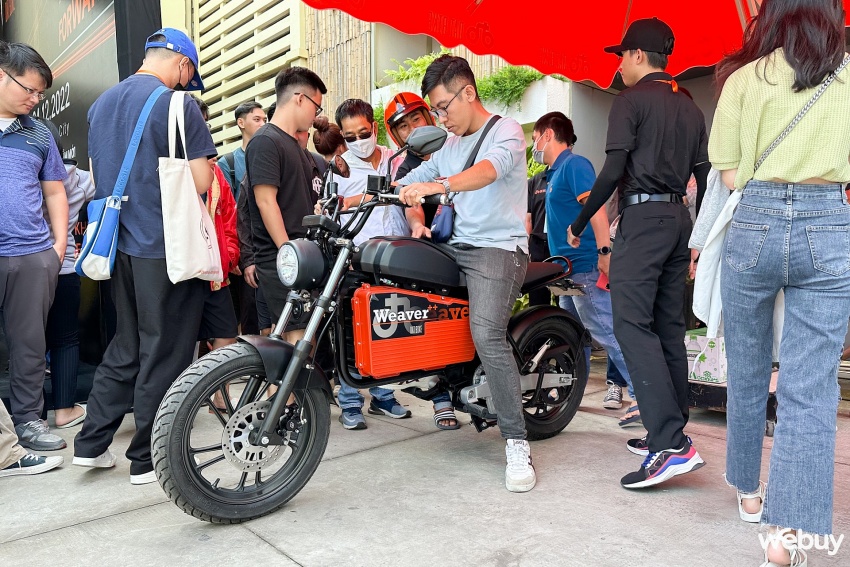
Additionally, when researching the electric bike market, Dat Bike noticed that many manufacturers offer removable batteries. The electric bike markets in China and India have implemented a removable battery model and established battery swapping stations.
Despite the advantages, this model still has disadvantages such as significant investment costs, difficulties in updating to new battery technology due to constant changes, and environmental damage due to resource-intensive battery swapping. Specifically, serving each electric bike requires at least four battery packs and multiple swapping stations along the routes.
Moreover, electric motorcycles in China are mostly used for commuting within city limits, with moderate performance and short battery life. However, in Vietnam, motorcycles are major assets for many households and serve as primary means of transportation. The company conducted research and developed a bike that can travel 200 km with only a three-hour charge.
All these reasons led us to decide on a non-removable battery design to address potential limitations that could arise with removable batteries. All bike models from Dat Bike are designed with non-removable batteries.
Dat Bike also has a trade-in scheme and sells refurbished bikes. Could you share more about these two programmes?The company is the first electric motorcycle company in Vietnam to implement a trade-in programme. In this initiative, customers who own Weaver and Weaver 200 models can upgrade to the Weaver++ model at a reasonable cost. The trade-in programme is currently prioritised in Ho Chi Minh City, and it will be extended to other provinces in the coming weeks.
Customers have the opportunity to own a refurbished Weaver 200 model with added features such as a colour LED screen and fast-charging port at a 20 per cent discount from the original price. Furthermore, the refurbished bike is covered by a 3-year warranty from the purchase date.
Dat Bike has received a lot of positive feedback regarding its fast charging model, Dat Charge. How will the company implement this system?Dat Bike's goal for this year is to standardise the fast charging system, including infrastructure, hardware, software interfaces, and operations, and to build these stations near or at Dat Bike stores. Additionally, expanding the fast charging stations through partner channels will be implemented next year.
Furthermore, the company is also conducting research and testing on a regular charging system to meet the needs of more customers, such as combining it with beverage shops and restaurants. After testing, Dat Bike will announce the direction for this system, expected to be within this year.
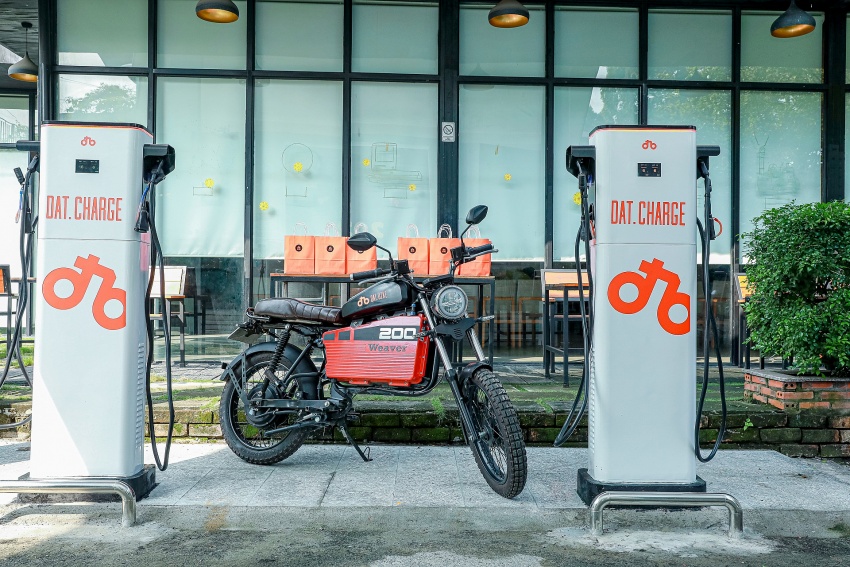
The company is still focusing on research with the aim of introducing new bike models with diverse designs and performance to cater to various customer segments. The plan is to strive to launch one new bike model every year.
Dat Bike is currently receiving attention from many investors and obtaining valuable funding. How does it plan to utilise that capital?We have received a lot of support, especially from environmentally-focused investors. These investors have placed their trust in our product and the purpose of the company's product development. With the capital raised, Dat Bike will continue to focus on research and product development, expand the factory scale, upgrade production lines, strengthen the sales team, and enhance customer care to deliver products and services to customers quickly and effectively.
We hope that in the future, Dat Bike will continue to receive the attention and support of everyone.
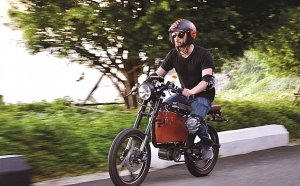 E-motorbike startup Dat Bike wraps up $2.6 million funding led by Jungle Ventures
E-motorbike startup Dat Bike wraps up $2.6 million funding led by Jungle Ventures
Dat Bike, a Vietnamese electric motorbike startup, has raised $2.6 million in pre-Series A funding led by Jungle Ventures and featuring Wavemaker Partners, Hustle Fund, and iSeed Ventures.
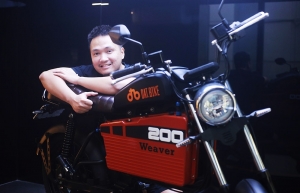 Dat Bike’s vision to electrify the region
Dat Bike’s vision to electrify the region
With sustainable development picking up pace around the world, Dat Bike believes it has an advantage to take the lead with its e-bikes. Son Nguyen, CEO of Dat Bike, talked to Minh Anh about the company’s vision to realise its dream of electrifying the regional market.
 Entrepreneurship in green ventures witnesses upsurge
Entrepreneurship in green ventures witnesses upsurge
The trend of green entrepreneurship is starting to arise in the Vietnamese market as sustainability becomes a main agenda in the business world.
 Is this the real Game of Thrones actor riding a motorcycle in Vietnam?
Is this the real Game of Thrones actor riding a motorcycle in Vietnam?
The image of Danish actor Nikolaj Coster-Waldau riding a striking orange motorcycle around Ho Chi Minh City has thrilled fans.
 Gojek inks partnership with Dat Bike in Vietnam
Gojek inks partnership with Dat Bike in Vietnam
Gojek – an on-demand, multiservice mobile platform – and Dat Bike – one of the fastest growing electric vehicle startups in Southeast Asia – announced on May 18 that they will partner to pilot the use of electric motorbikes in Gojek's transportation, logistics, and food delivery network in Vietnam.



















